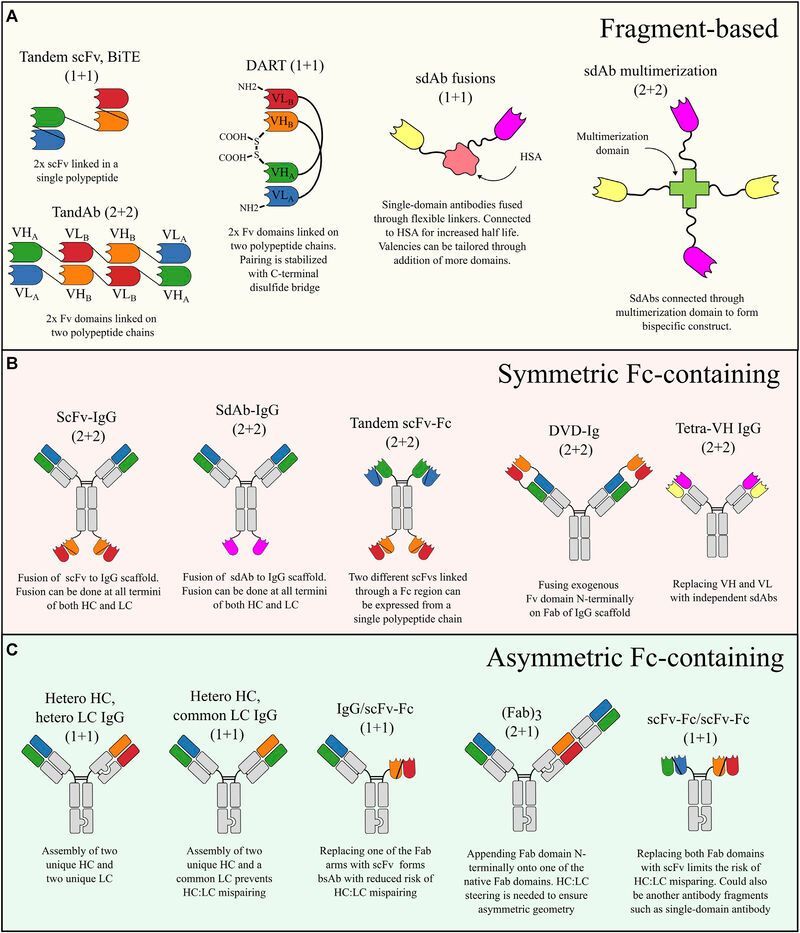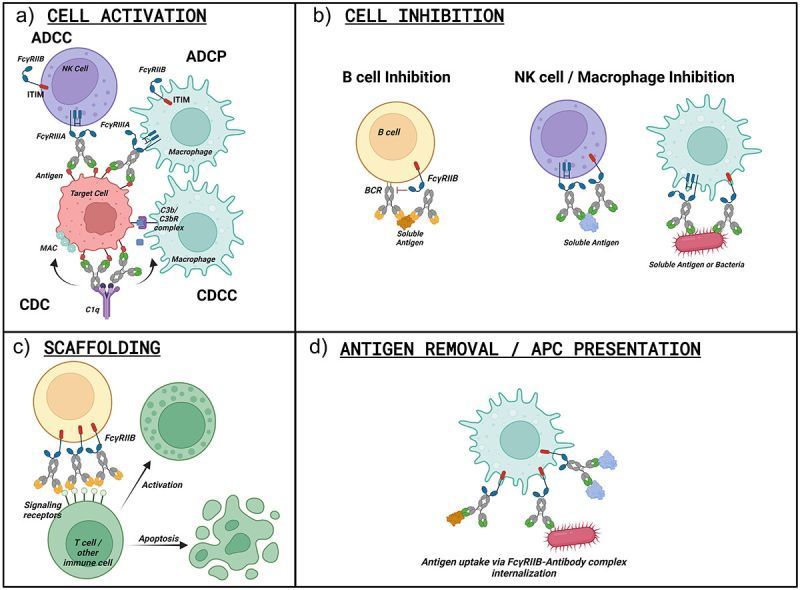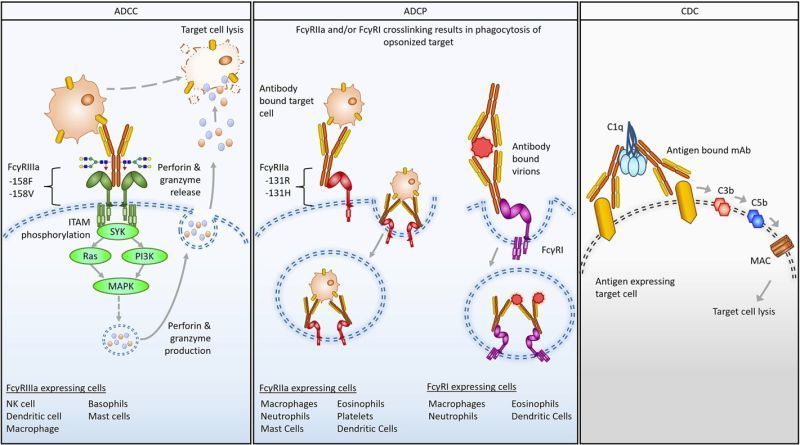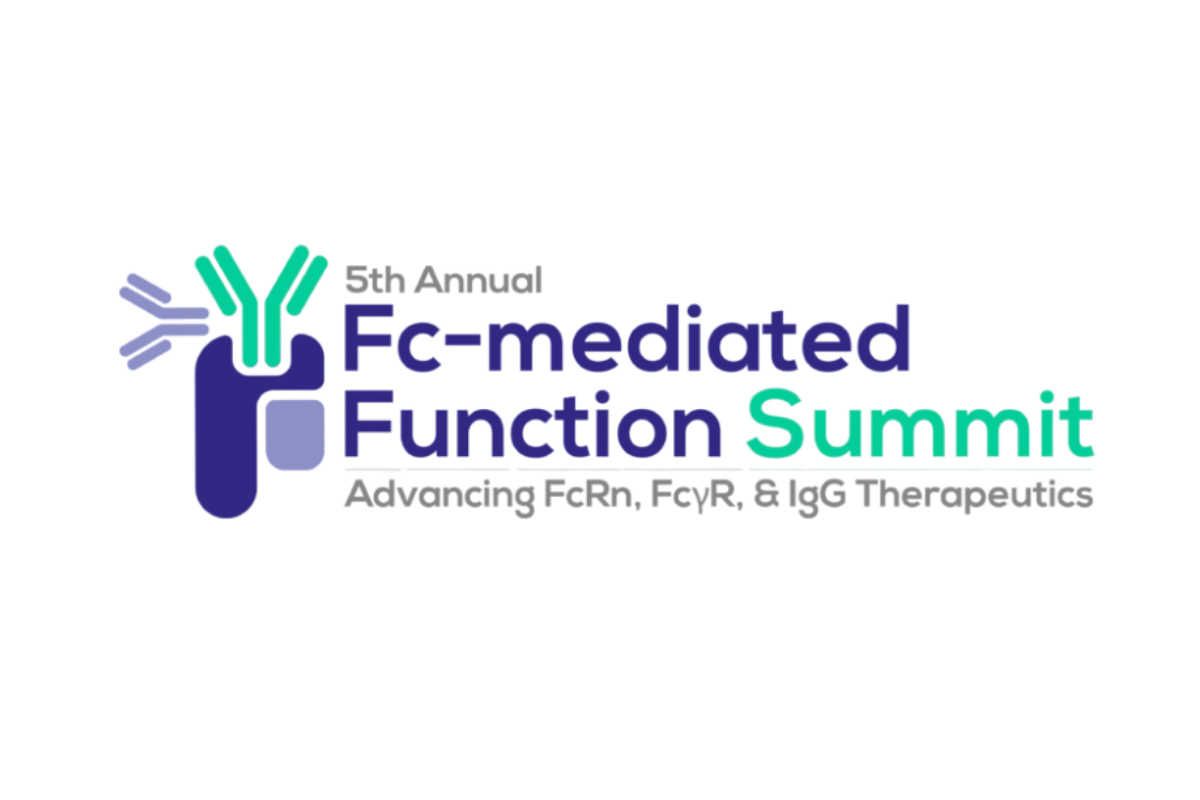Comprehensive Profiling of Approved Anti-CD20 mAbs Using Fc Effector Function Platform
Summary:
This study offers significant insights into the profiling of approved anti-CD20 monoclonal antibodies (mAbs) using the SeromYx Fc effector function platform. By employing high-quality, full-length human CD20 virus-like particles (VLPs) from ACROBiosystems, we achieved a physiologically relevant assessment of antibody binding and effector functions. This enabled a detailed comparison between Type I (Rituximab and Ofatumumab) and Type II (Obinutuzumab) anti-CD20 mAbs, revealing distinct binding profiles and effector function capabilities. Our findings indicated that Type I mAbs demonstrated stronger binding to CD20-VLPs and to Fc receptors in the presence of antigen compared to the Type II mAb, highlighting how structural differences could influence their mechanisms of action.
We observed an overall correlation between biophysical tripartite binding assays and effector cell function assays, validating the predictive utility of tripartite binding assays for mAb effector functions. Importantly, the discovery of robust antibody-dependent neutrophil
phagocytosis (ADNP) and eosinophil phagocytosis (ADEP) activities for anti-CD20 mAbs significantly broadens our understanding of their potential in vivo mechanisms. These findings suggest that the involvement of neutrophils and eosinophils could impact the efficacy and safety of these mAbs in diverse disease states and tissue environments. Additionally, the differentiation between Type I and Type II mAbs across multiple assays underscores the importance of these distinctions in therapeutic applications and next generation antibody design.
In conclusion, broadly profiling Fc effector function using the SeromYx Fc effector function platform not only recapitulated the known Fc effector functions of anti-CD20 mAbs but also uncovered novel potential mechanisms of action. These insights have substantial implications for optimizing current anti-CD20 therapies and developing new, more effective mAbs. Furthermore, the CD20-VLP system presents an opportunity to design and characterize mAbs with tailored effector function profiles for specific therapeutic applications, potentially leading to more personalized and effective treatments for a variety of diseases.
Authors:
P. Hsueh, M. Friedman, S. Jatiani (2024)










